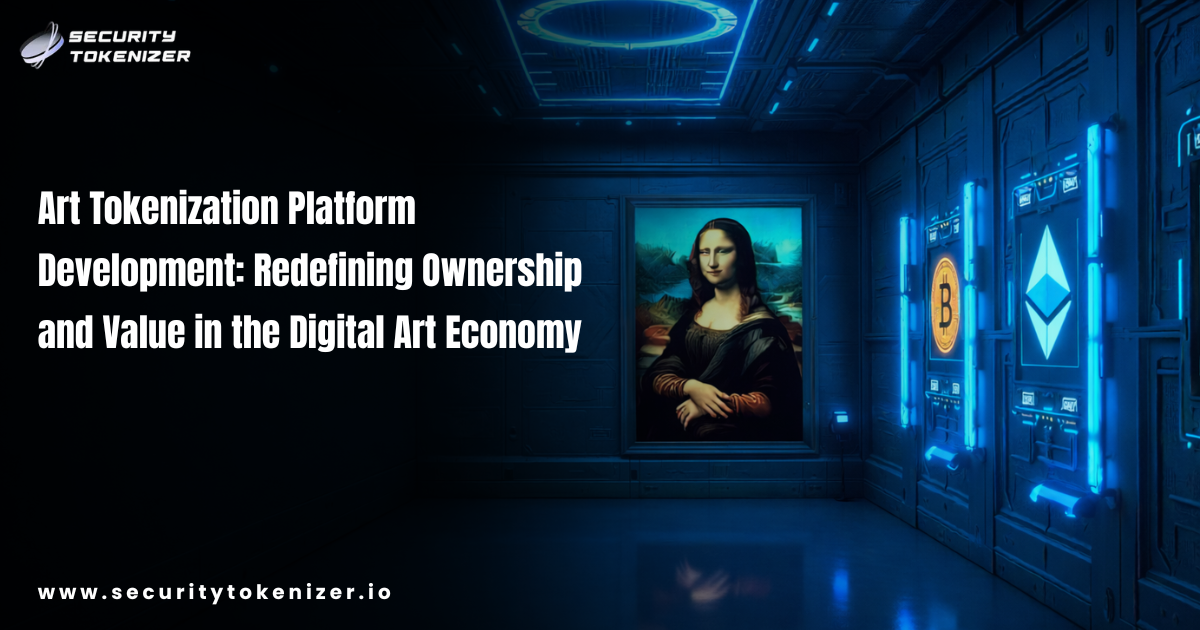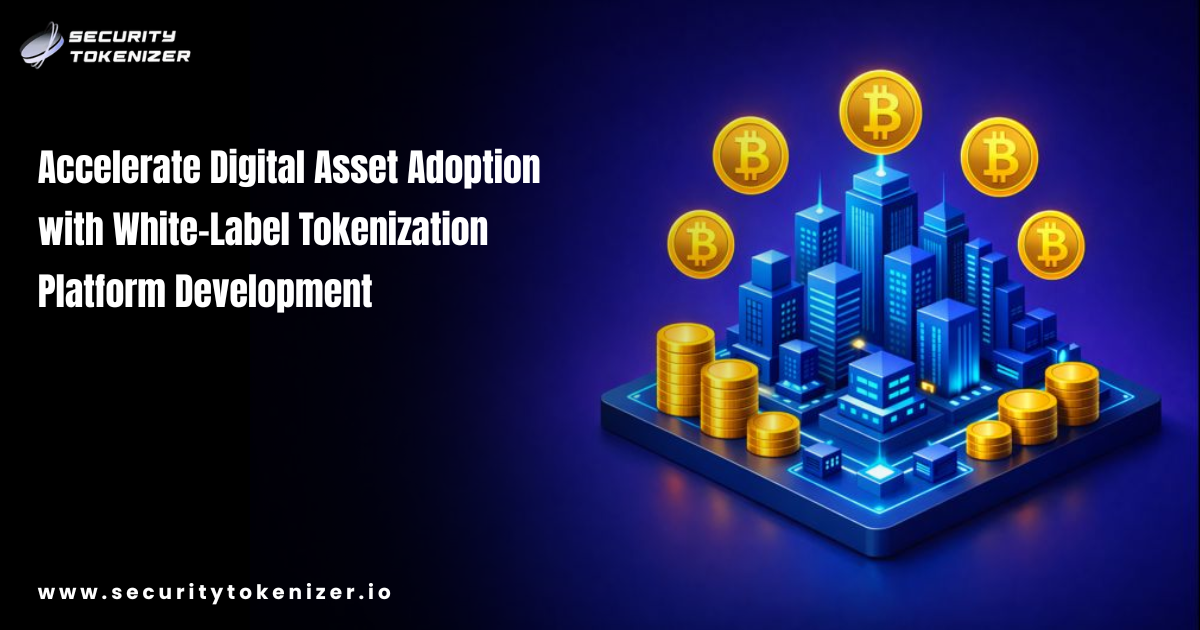Subscribe Our Newsletter
Table of Content
What is a smart contract?
All transactions on the blockchain are controlled by smart contracts which are the business logic or protocol that governs them. The main goal of a smart contract is to fulfill basic contractual requirements such as establishing its ethereum coin. We need to create smart contracts that will handle all of our calculations. It is a standalone Solidity that has been compiled into JSON and published to a specific blockchain address.
Smart contracts are distributed to the decentralized database for a price proportional to the storage size of the enclosing code. It can alternatively be characterized as a collection of code stores in the blockchain network that defines requirements that all contract participants must agree to.
How Does a Smart Contract Work?
A smart contract is a set of programs that encapsulates business logic and operates on a specialized virtual machine. Let us know more about the working process.
-
Business teams work with developers to specify the smart contract's desired behavior in response to specific events or circumstances.
-
Simple events include things like payment authorization, electricity meter reading thresholds, and package receipt.
-
More advanced logic may be used to encode more complex activities such as assessing the value of a derivative financial instrument or automatically releasing an insurance payout.
-
After that, the logic is built and tested using a smart contract writing tool, and the application is sent to a separate team for security testing.
-
It is possible to hire an internal expert or a company that specializes in evaluating smart contract security.
-
It is implemented on an existing blockchain or distributed ledger infrastructure once the contract has been approved.
-
Once implemented, the smart contract is set up to respond to event updates from an "oracle" which is essentially a cryptographically secure streamed data source.
-
The smart contract executes after it collects the required combination of events from one or more oracles.
Benefits of Smart Contract
Speed, Accuracy, and Efficiency
-
If the condition is met then the contract is immediately executed.
-
There is no documentation work to deal with because smart contracts are digital and automated.
-
There was no time wasted correcting mistakes that often arise when reporting by hand.
Trust and transparency
-
There is no need to worry about information being tampered with for personal gain because there is no third party engaged.
-
Encrypted transactions logs are exchanged among participants.
Security
-
They are difficult to hack because blockchain transaction records are encoded.
-
Moreover, attackers would have to alter the entire thread to modify a single record.
Savings
-
Smart contracts do away with the necessity for intermediaries to perform transactions as well as the associated time delays and expenses.
How are Smart Contracts Implemented?
Let us see how to implement smart contract on the Ethereum platform.
Ethereum Virtual Machine (EVM)
-
The goal of EVM is to provide a runtime environment for Ethereum smart contracts. consider it a global supercomputer that oversees the execution of all smart contracts.
-
Ethereum virtual machine is not a physical touch as the name implies. The capabilities are limited to virtual machines.
-
For example, it cannot conduct delayed internet calls or generate random numbers.
-
As a result, it is classified as a simple machine. Because writing programs in assembly code makes no sense, EVM requires a programming language.
Gas
Gas is a measuring unit in the EVM that is used to apply fees to each smart contract transaction. Each computation in the EVM necessitates a certain amount of gas. The smart contracts take more gas to run the more complicated the computation is.
Transaction fee= Total gas used * gas price.
Solidity
Solidity is an Ethereum based smart contract programming language. It is comparable to an object-oriented programming language that employs classes and methods. It was built on top of the EVM. It can execute arbitrary computations, however, it is primarily used to send and receive tokens and maintain states.
Syntax of solidity is heavily influenced by C++, Python, and javascript, allowing developers to grasp its syntax rapidly. It would be best to have a good understanding of solidity programming language to write an Ethereum smart contract efficiently.
How Are Smart Contracts Tested?
-
Conduct all smart contract techniques like total supply , transfer , and balance at the same time which is on the right side of remix window.
-
Transfer some tokens to other ethereum wallet addresses and then use balance function to verify the balance of the particular address.
-
Finally evaluate the total supply using the total supply approach.
How are Smart Contracts Deployed ?
-
To execute your smart contract, go to meta mask and connect to the main Ethereum network.
-
Add some actual ethers to the mix.
-
Now, like in the previous phases, use remix to deploy your smart contract.
-
After a smart contract has been successfully deployed, go to http://www.etherscan.io and look up your smart contract address. Choose a smart contract.
-
Now you must confirm your smart contract by clicking "verify the contract" on this page.
-
In Etherscan, copy and paste your smart contract code. Use the same compiler version for compiling your code as you did for the remix.
-
Verify "optimization " to yes, when you choose optimization at remix otherwise select no.
-
Click verify If there are no issues, it will just take a few minutes for your smart contract to go live.
-
You can now execute your smart contract methods at Etherscan.
We have a team of smart contract developers that ensure the smart contracts for diverse reasons, such as crowdfunding, bidding, permission, and dApps, are secure and efficient. If you're interested in using smart contracts in your business.
Need Consultation or Tech support?
Do you have an promising blockchain project, that needs to be powered up with smart contracts? Cool! We have a well versed team of certified smart contracts developers, who can create,test and deploy bug-free smart contracts for any kind of blockchain projects across various industries.












